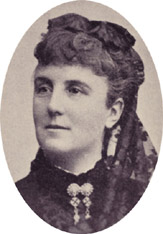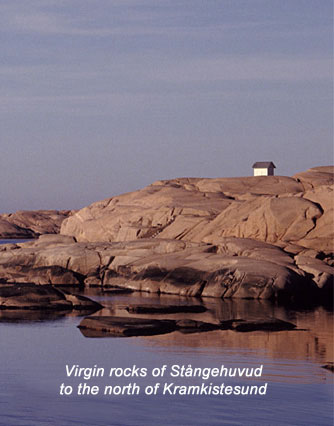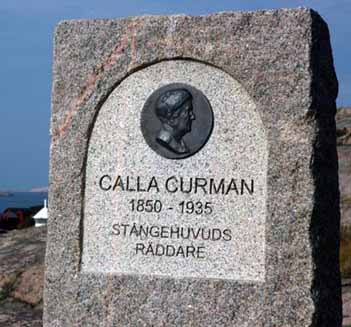|
Calla Curman´s struggle for the rocks |

|
|
The first time Calla Curman visited Lysekil, at that time with her maiden name of Lundström, was in the summer of 1864. Together with her mother acquainted the only 13-year-old Calla Lysekil for a few weeks. She was enchanted by the atmosphere of Bohuslän; the sea, islands and rocks. Bathing and the health resort business in the former market town was still in its infancy. The granite cliffs at Stångehuvud were at this time completely untouched by quarrying . After the visit in 1864 it would take until 1877 before Calla returned to Lysekil, following one of several visits to Norway. She came as the guest of Professor Carl Curman and the following year, 1878, she married Carl, who already in 1859 had become a health resort doctor in Lysekil. 1878-1880 Carl and Calla Curman built the houses that even today are a characteristic feature of the Lysekil townscape. After this the Curmans visited Lysekil faithfully every summer for many years. Calla took often walks in Lysekil and especially Stångehuvud. Over the years, she had come to know every corner of Stångehuvud and became more and more fond of the area. |
Calla Curman in her youth. |
 |
